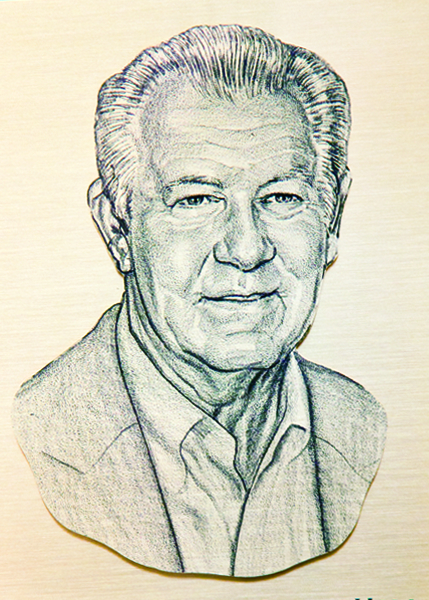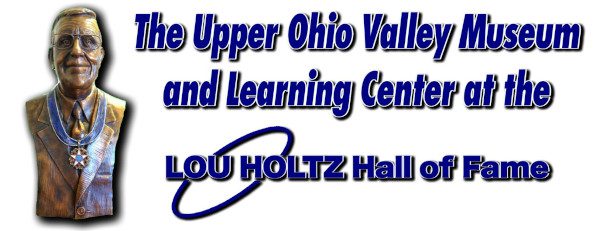John Havlicek
When John Havlicek was growing up in the small gyms and playgrounds of Bridgeport, Ohio, it became quickly obvious that he was a step ahead of his classmates. In a word, he was special, both as an athlete and as an individual who possessed a genuine personality with endearing qualities that would carry him through life both on-and-off the fields of play.
Achieving excellence in three sports at Bridgeport High School, “Hondo” (a nickname inspired by a 1953 John Wayne movie of the same name), was enrolled at The Ohio State University. He was a member – along with Jerry Lucas and future round ball coach Bobby Knight – of the famous 1960 national championship basketball team that was responsible for him being one of only four OSU round-ballers to have their number retired at the University.
Although he had not played football since high school, his talent on the gridiron had not gone without notice by the Cleveland Browns, who drafted him in 1962, but it was not to be. After competing briefly as a wide receiver in the Browns’ training camp that year, John, focused his energies on playing for the Boston Celtics, where, playing in his familiar capacity as the team’s sixth man,” head coach Red Auerbach would one day describe him as the “guts of the team.”
Ultimately becoming known for his stamina, with competitors saying that it was a challenge just to keep up with him, he led the Celtics to eight NBA championships and was named to the All-Star team no less than 13 times.
Today, John is the Celtics’ all-time leader in points and games played, scoring 26,395 points (20.8 points per game, 13th all-time in points scored in the NBA), and having played in 1,270 games (17th all-time). He became the first player to score 1,000 points in 16 consecutive seasons, with his best season coming during the 1970-71 NBA season, when he averaged 28.9 points per game.
Although, he has been named to the Naismith Memorial Hall of Fame and is considered one of “The 50 Greatest NBA Players of All Time,” not to be forgotten are his enviable collegiate accomplishments, which included being a two-time All-Big selection and being named a first team all-American selection following his senior year.
His family and community ties are even more significant. With the support of his wife, Beth, he participates in a number of philanthropic fundraisers to help children born with genetic disabilities. Today, the couple resides on Cape Cod, where, despite the fact he has received every honor the NBA can bestow – including the NBA 50th Anniversary Team – along with being named a member of The Ohio State University Athletic Hall of Fame, he is most proud of his roots and his family. His son, Chris, followed in his footsteps by playing basketball at the University of Virginia. Later, he would become a member of the U.S. Olympics Handball Team in 1996. His son-in-law, Brian Buchanan, who married John and Beth’s daughter, Jill, was a successful Major League Baseball player. He played for both the Minnesota Twins and the New York Yankees before becoming one of the Padres’ leading hitters.
All this leads up to recollections of, perhaps, the most enduring play of his career, which came in the seventh and final game for the NBA’s 1965 Eastern Conference championship. The game was played at Boston Garden. The Celtics led the Philadelphia 76ers 110-109 with five seconds left, and only needed to inbound the ball underneath their basket to secure the victory and advance to the NBA Finals; however, Bill Russell’s pass struck a wire that hung down from the ceiling and helped support the baskets.
The turnover gave the 76ers and Wilt Chamberlain the ball and a chance to win the game and the series. Hal Greer was set to throw the inbounds pass for the 76ers. Havlicek stood with his back to Greer, guarding Chet Walker. But as Greer’s pass came inbounds, Havlicek spun, leaped and tipped the pass to Sam Jones, leading Celtics announcer Johnny Most to make the most famous call of his career: “Greer is putting the ball in play. He gets it out deep and Havlicek steals it! Over to Sam Jones! Havlicek stole the ball! It’s all over ... It’s all over! Johnny Havlicek is being mobbed by the fans! It’s all over! Johnny Havlicek stole the ball!”
John Havlicek’s story is a testament to what an athlete can accomplish both on and off the court.

